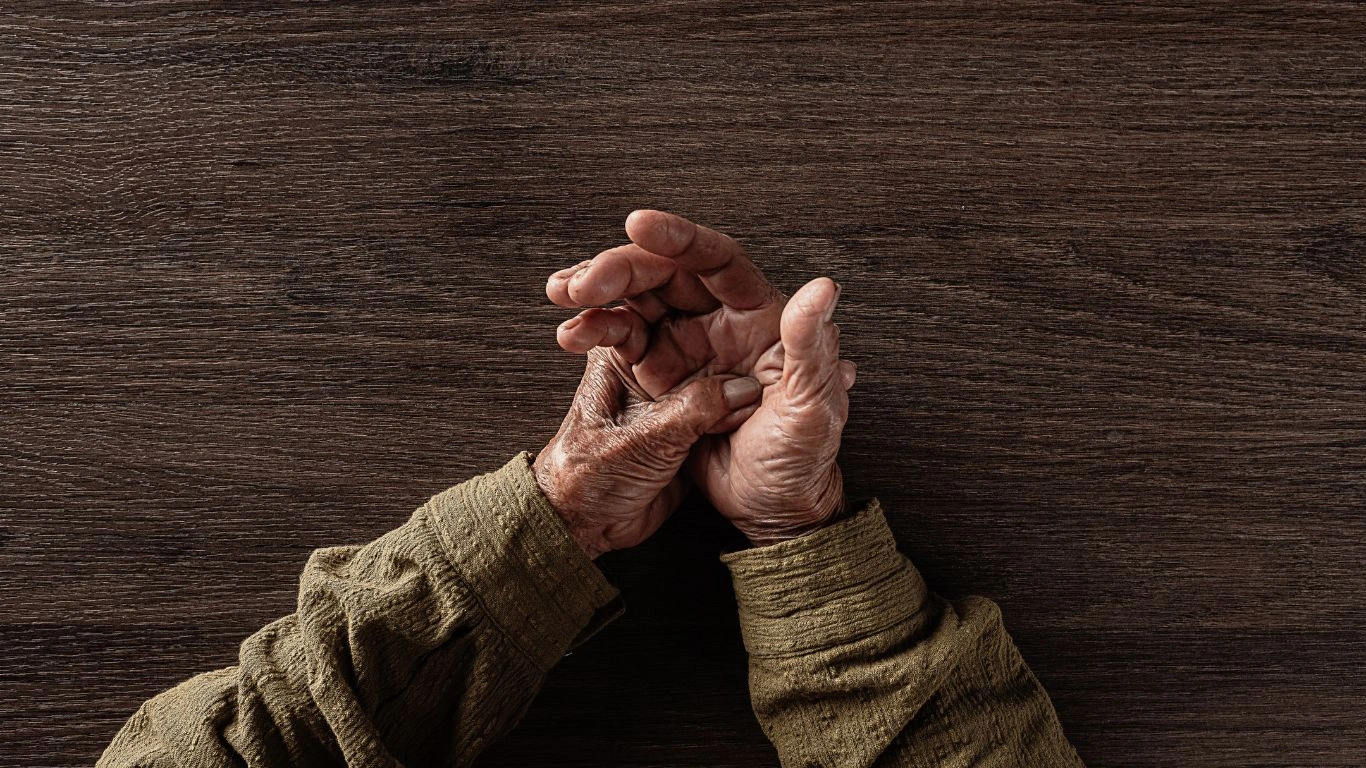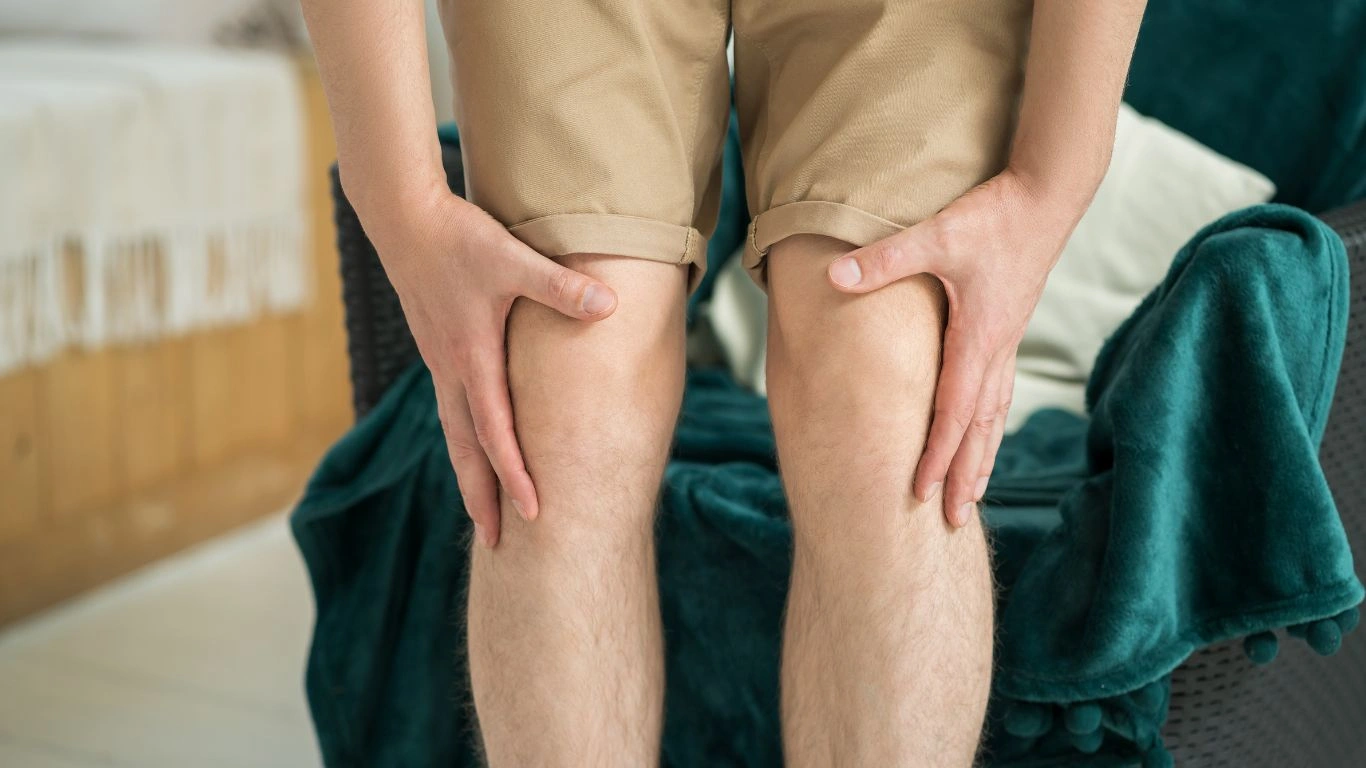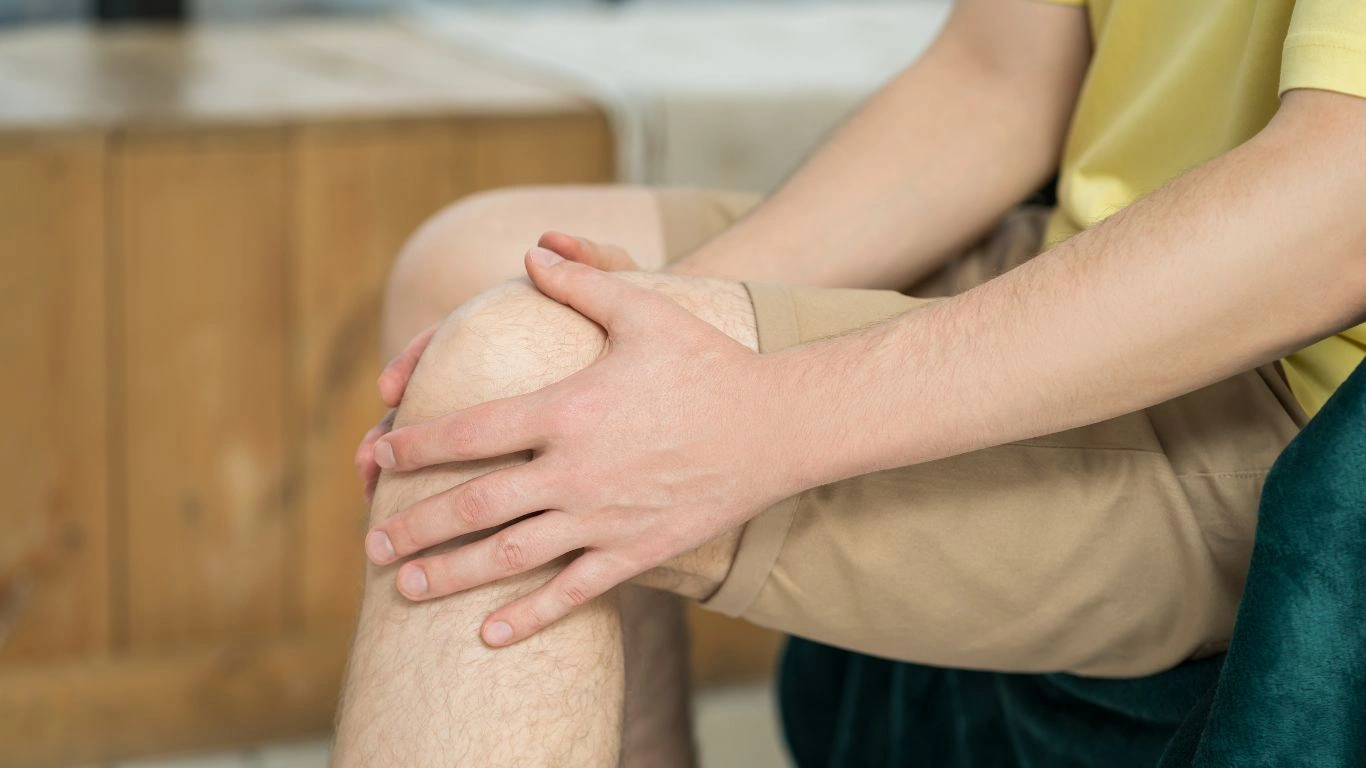Powerful Insights: Can RA Go Into Remission and Improve Life Fast
If you’ve ever sat across from a patient and heard them whisper, “Can RA go into remission?” with a mix of hope and fear in their eyes—you’re not alone. I’ve been in that exact spot more times than I can count. As a rheumatology nurse practitioner, I’ve walked alongside many people living with rheumatoid arthritis, and this is one of the most common (and emotionally loaded) questions I hear. Honestly, it’s a great question—and one that deserves more than just a yes or no answer. Let’s unpack it together.
Understanding RA Remission: What Does It Really Mean?

First off, let’s clear something up—remission doesn’t mean the disease disappears. It’s not like flipping a switch. When we say someone with RA is “in remission,” what we’re really talking about is low or no disease activity. That means their joints aren’t swollen, painful, or stiff, and inflammatory markers in blood tests are back to normal or close to it.
In clinical terms, we look at measures like the DAS28 (Disease Activity Score using 28 joints) or the CDAI (Clinical Disease Activity Index) to determine if someone is in remission. But beyond the lab results, what really matters is this—can you get through your day without RA calling the shots? That’s the kind of remission patients crave.
Different Types of Remission
Not all remission is created equal. Here’s how it typically breaks down:
- Clinical Remission: No obvious symptoms and normal labs. This is what we aim for with most treatments.
- Functional Remission: You’re back to doing your normal activities—whether that’s gardening, hiking, or chasing toddlers—without joint pain or fatigue holding you back.
- Deep Remission: This one’s the holy grail. Long-term, drug-free remission. It’s rare, but yes—it does happen for some.
I’ve had patients go months—even years—without flares. One woman in her 40s told me she’d forgotten what it felt like to be in pain every morning. That’s not just remission—it’s reclaiming your life.
What Factors Make RA Remission More Likely?

If you’re wondering whether remission is in the cards for you (or your patient), here’s the truth: there’s no crystal ball. But research—and a whole lot of clinical experience—shows that certain factors stack the odds in your favor.
- Early Diagnosis: Catching RA early is huge. Starting treatment in the first 3–6 months can stop joint damage before it starts.
- Aggressive Treatment: Starting strong with DMARDs (like methotrexate) or even biologics early on can help you reach remission faster.
- Patient Engagement: Honestly, this one might be the most important. Patients who ask questions, track their symptoms, and stick to their treatment plan? They tend to do better.
I’ve seen it firsthand. One of my patients, a teacher in her early 30s, was laser-focused on managing her RA. She logged symptoms daily, stayed consistent with her methotrexate, and made lifestyle tweaks (hello, anti-inflammatory diet). Within a year, her labs were normal, and her flares were practically nonexistent.
Other Things That Can Tip the Balance
There’s also a growing interest in how gut health, stress, and even sleep can influence RA. While the evidence is still evolving, it makes sense—our immune system doesn’t work in a vacuum.
And let’s not forget lifestyle habits like:
- Quitting smoking (seriously, it’s one of the biggest modifiable risk factors for RA severity)
- Managing weight to reduce joint pressure
- Staying physically active without overdoing it
So yes—RA remission is possible. It’s not just wishful thinking or a myth from an outdated pamphlet. It’s real. And while the road there can be bumpy, it’s one worth taking.
How Long Does RA Remission Last?

This is the part where things get tricky. Even when patients reach remission, RA can be unpredictable. Some stay flare-free for months; others for years. Some might even taper off meds under close supervision. But—and this is important—it’s always a partnership between patient and provider. You don’t want to go rogue and stop meds cold turkey just because you feel better.
In my clinic, I tell patients that remission is something we celebrate—but also something we monitor closely. Because yes, RA can go quiet… but it also has a sneaky way of creeping back when stress hits or meds get skipped. Staying ahead of it is key.
What Does Life Look Like in RA Remission?

This is a question I get a lot from patients who are either newly diagnosed or finally feeling a bit better: “If I hit remission… what now?” And honestly, that’s such an important conversation to have. Because remission isn’t just about the labs—it’s about how you live, day in and day out.
Living in remission doesn’t mean you throw caution to the wind and pretend RA never existed. It’s more like walking a tightrope—you’ve got balance, but you still need to focus. Most people in remission still take medication, although sometimes at reduced doses. And many continue regular check-ins with their rheumatology team (which, yes, includes folks like me!).
I always tell my patients: just because the fire’s out doesn’t mean you toss the extinguisher. That’s especially true for medications like methotrexate or biologics, which play a huge role in keeping RA quiet.
Staying in Remission: The Long Game
If you’ve reached remission, first of all—congrats. Seriously. That’s a big deal. Now comes the maintenance phase, which can be surprisingly tricky. Staying in remission involves a mix of smart choices, consistent care, and a little bit of grace for the off days.
Here’s what I typically recommend to folks who’ve entered remission:
- Keep all your follow-up appointments. Even if you feel fine, labs and imaging can pick up inflammation before symptoms return.
- Stick with your meds. This one’s huge. Don’t stop or taper unless your rheumatologist gives you the green light—and even then, proceed slowly.
- Listen to your body. If you’re suddenly more tired, stiff, or achy, speak up. You might be catching a flare early.
One of my longtime patients—a runner in her 50s—shared that she checks in with herself every week. “I don’t obsess,” she said, “but I pause, reflect, and jot down how I’m doing.” That kind of self-awareness can make all the difference.
When Remission Doesn’t Happen Right Away

Now, let’s talk about the flipside. What if you’re doing everything “right” but remission still feels out of reach? I’ve had that heartbreaking conversation too many times to count. And I always remind my patients: RA is unpredictable—but you’re not powerless.
Sometimes, it’s a matter of tweaking medications. Other times, it might mean switching to a different biologic or adding lifestyle support. I’ve seen cases where stress was the unspoken trigger—when we addressed that (hello therapy and better sleep hygiene), the RA symptoms started easing up.
Here’s what I often suggest if remission is elusive:
- Talk to your provider about adjusting your treatment plan. New meds are coming out all the time—it might be time to pivot.
- Consider complementary approaches like acupuncture, physical therapy, or even dietary shifts. These won’t replace meds, but they can support your body in powerful ways.
- Join a support group. It sounds simple, but connecting with others who “get it” can really help your mental resilience.
Remember, just because remission hasn’t happened yet doesn’t mean it won’t. I’ve seen some of the most challenging cases finally turn a corner after months—sometimes years—of trial and error. Progress is rarely linear.
Medications and Remission: Can You Ever Stop?

This is the elephant in the room for many patients. You’re in remission, you’re feeling amazing, and now you’re wondering: Do I really need to keep taking all these meds?
The short answer? Maybe. But only under close supervision. I’ve had several patients gradually taper off their meds with success—but it’s never a DIY project. When we consider tapering, we monitor labs, joints, energy levels—you name it. The moment there’s a sign of flare, we hit pause.
According to several studies, about 30–40% of patients in remission can reduce or stop medication over time. That sounds promising, but keep in mind:
- The decision must be individualized. What works for one person may not work for another.
- The goal is sustained remission, not just short-term relief.
- Regular monitoring is non-negotiable. Skipping labs or visits is a fast track to relapse.
One of my patients once said, “RA is quiet right now—but I’m not letting my guard down.” That mindset is what keeps folks on track. You can absolutely enjoy life in remission—travel, hike, play with grandkids—but it’s a managed freedom, not a total free-for-all.
Final Thoughts on Living Well with RA
As someone who’s spent years in this field, I can say this with confidence: remission is possible. But it’s not a destination—it’s a journey. And it takes teamwork, trust, and a willingness to stay informed and engaged with your health.
So if you’re still asking, “Can RA go into remission?”—yes, it can. But more than that, you can live well with RA, whether you’re in remission or still navigating the bumps along the way.
Practical Tips to Support Remission and Manage RA Day-to-Day

By now, you know that remission in rheumatoid arthritis is a real possibility—but it doesn’t come without effort. From my experience working with countless patients, I’ve learned that managing RA well means adopting habits that support both your body and mind. Here are some practical strategies that can help you stay on top of your disease and maintain remission for as long as possible.
Prioritize Movement—but Listen to Your Body
Exercise is a game-changer for people with RA. It might sound counterintuitive if your joints are achy, but gentle, regular movement helps keep your joints flexible and muscles strong. Low-impact activities like swimming, walking, or yoga can reduce stiffness and improve your overall function.
From personal experience, I always encourage patients to find what feels good—not what’s trendy or demanding. One patient of mine started with just 10 minutes of gentle stretching a day and gradually worked up to a daily walk. That consistency made a huge difference in her joint health and mood.
Manage Stress—Because It Can Fuel Flares
Stress isn’t just an emotional thing; it has real effects on your immune system. Chronic stress can spark inflammation, making RA symptoms worse. Incorporating stress-reduction techniques like mindfulness meditation, deep breathing exercises, or even simple hobbies can help.
When I work with patients struggling with anxiety or stress, I sometimes recommend referral to counseling or support groups. Trust me—mental health is part of managing RA, not separate from it.
Eat to Support Your Immune System
While no single diet cures RA, certain foods can help reduce inflammation. Emphasizing fruits, vegetables, omega-3 rich fish, and whole grains can support your body’s fight against inflammation.
On the flip side, I advise cutting back on processed foods, excessive sugar, and trans fats, which can fuel inflammation. A patient of mine experimented with an anti-inflammatory diet and noticed fewer morning stiffness episodes within weeks—small changes like that can add up.
What To Expect When You’re Working Towards Remission

It’s important to keep expectations realistic. RA remission doesn’t usually happen overnight, and it doesn’t always mean you won’t have some symptoms at all. Many people experience ups and downs along the way. Flare-ups can happen even when you’re doing everything right—this is the nature of autoimmune diseases.
In my years as a rheumatology nurse practitioner, I’ve learned that patience and persistence are essential. It’s about steady progress, not perfection. Celebrate the small wins—maybe it’s a week without swelling, or a morning without stiffness. Those victories build momentum.
Also, keep in mind that remission is a moving target. You and your healthcare team need to stay vigilant and be ready to adjust treatments if things change. This partnership is crucial. I always emphasize open communication with your providers so we can catch any signs of trouble early.
When Remission Feels Out of Reach
If remission seems distant, try not to lose hope. There are so many treatment options available today—some you might not have tried yet. Biologics, JAK inhibitors, and other newer therapies have changed the landscape of RA management dramatically.
It’s also worth remembering that living well with RA is about more than just remission. Symptom management, maintaining mobility, and quality of life are equally important goals. That means embracing tools like occupational therapy, adaptive devices, and pain management strategies as part of your care plan.
Resources and Where to Learn More
If you want to dive deeper into rheumatoid arthritis and remission, I recommend checking out some trusted organizations that offer up-to-date, reliable info:
- American College of Rheumatology
- Arthritis Foundation
- National Institute of Arthritis and Musculoskeletal and Skin Diseases (NIAMS)
These sites provide great tools for patients, including symptom trackers, treatment guides, and lifestyle tips.
Disclaimer
The information provided here is based on my clinical experience as a rheumatology nurse practitioner and current medical knowledge. It is intended for educational purposes and does not replace personalized medical advice. Always consult your healthcare provider before making any changes to your treatment or lifestyle plan.

Tarra Nugroho is a dedicated Nurse Practitioner with a strong foundation in family and preventive care. She brings both compassion and clinical expertise to her practice, focusing on patient-centered care and health education. As a contributor to Healthusias.com, Tarra translates medical knowledge into clear, empowering articles on topics like women’s health, chronic disease management, and lifestyle medicine. Her mission is simple: help people feel seen, heard, and informed—both in the clinic and through the content she creates. When she’s not caring for patients, Tarra enjoys weekend hikes, plant-based cooking, and curling up with a good health podcast.





